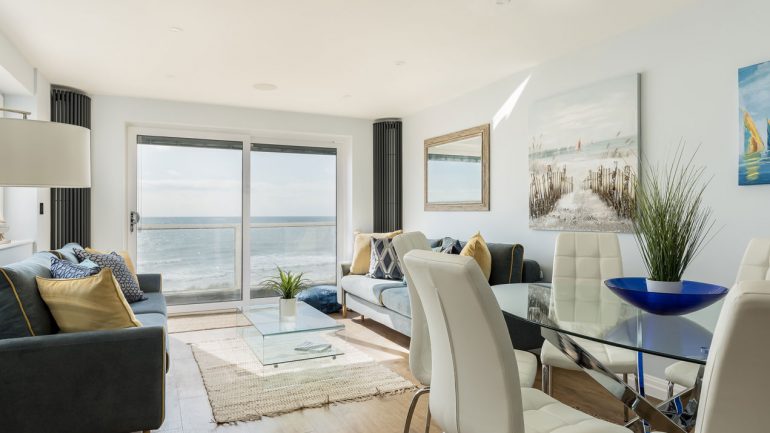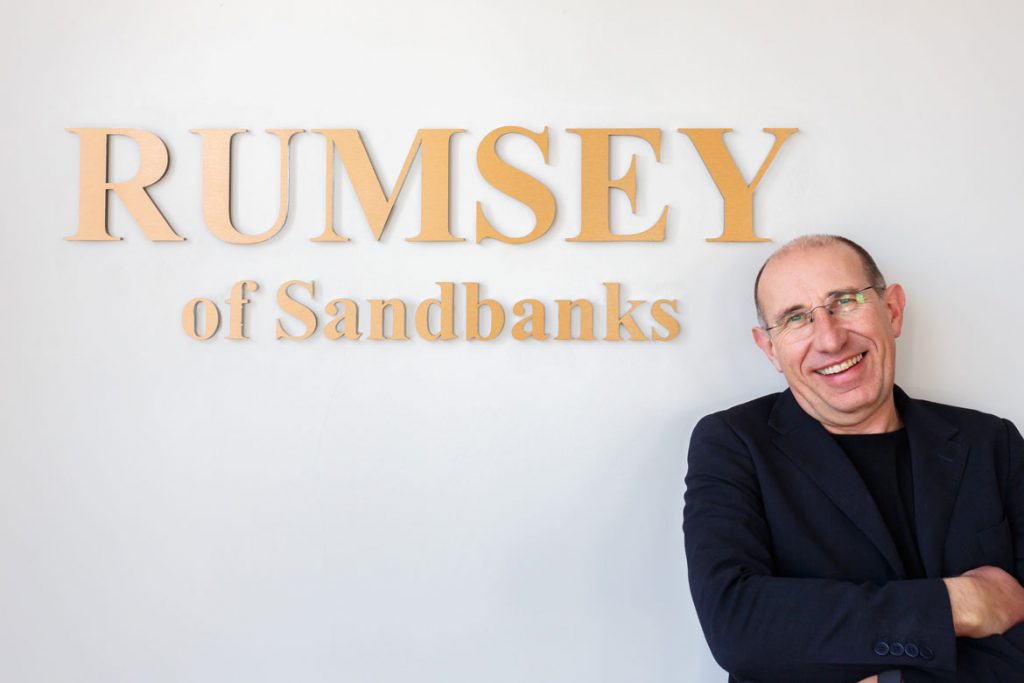It’s a constant argument and theme on the news-tax avoidance is legal and even promoted by the government and everybody else- your personal allowances for income tax, capital gains tax and your ISA are all ways of avoiding tax and to be encouraged. Accepting cash for something and not declaring it is illegal whether it’s £50 or £1m hidden in an offshore account. When multinational businesses move their profits artificially to a low or no tax country it may not be illegal but is it ethical?
A properly run holiday home is a business contributing to the economy and so you should be equally business like about claiming tax allowances. Something that can be missed are capital allowances for plant and machinery in your holiday home which can significantly reduce your
tax burden.
One of the things driving the popularity of holiday lets in recent years has been the low interest rate environment and the concept of ‘My holiday home is my pension’. A key part of this is the approach of losses incurred in renovating the property or running with a large mortgage in early years being carried forward to use against profits at a later date.
Capital allowances are available of course on items bought such as furniture and fittings but there is a more complex area related to items that are built into the property and were acquired with it. Now before I go any further let me make it clear that I am not an accountant or tax advisor, I may not be up to date on latest legislation or even correct about any aspect of the rules, all I’m able to do is to collate relevant information for holiday home owners and try to present it in an easy to understand fashion. You should consult with a properly qualified person if you want to investigate further.
The term ‘P & M’ standing for plant and machinery is often used to describe this sort of allowance and this is a good way of thinking about it. If you buy a factory then a proportion of the purchase price relates to machinery, electrics, plumbing and everything else that went into turning the property from an empty industrial unit into a working production centre. For a holiday let the kitchen, bathrooms, plumbing, electrics and heating could all be categorised as ‘P & M’ and either written down completely under annual investment allowance rules or as a reducing balance over time.
What proportion of a property is allowable?
There isn’t a hard and fast rule, in theory it is the proportion of cost of the original build that relates to the capital items which will clearly vary. In a luxury villa with swimming pool and air conditioning in a country where land is cheap, plant & machinery could easily be more than 50% of the value but for a typical Sandbanks home something in the 20% – 30% range is probably realistic and unlikely to be challenged by the Revenue.
How would this work in practice?
If you’re in the process of buying a holiday home or already own one the allowance can be taken at 100% so a £1m house could generate a capital allowance of £250k which would be offset against future profit saving £100k for a higher rate taxpayer. Retrospective claims for tax paid in the previous two tax years may be possible. Losses can only be used against future income from holiday letting and not against any other earnings. As I’ve already said this is a complex area requiring specialist advice but there’s no doubt that it may be well worth exploring.
Simon Tolson owns Rumsey of Sandbanks, a holiday letting agency. Contact Simon on
01202 707357 or email simon@rumseyofsandbanks.co.uk




Leave a Reply